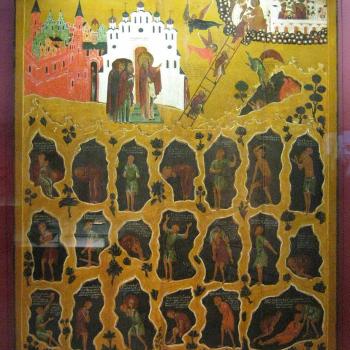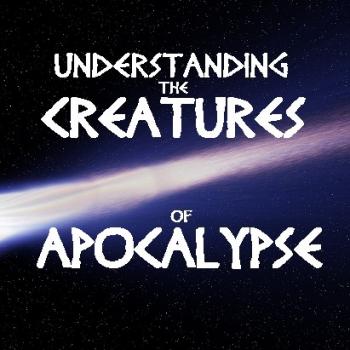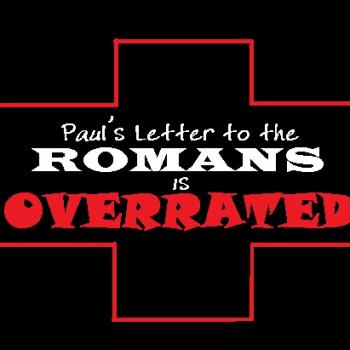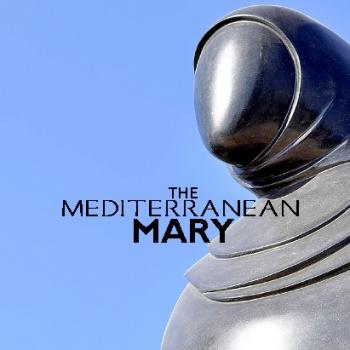
Resurrection rather than the Cross is Ground Zero for Christianity, and how the Passion Story evolved shows why.
Resurrection is the beginning of everything. We Christians are Easter people, not Good Friday people, although you cannot tell that by looking at us.
On this Palm Sunday of the Lord’s Passion, we read the unique take “Matthew” gives on the Passion of Jesus, Matthew 26:14—27:66.
As far as our Christian tradition goes, nothing is more ancient as the passion story of Jesus. Today’s Gospel reading is but one of several different versions found in the New Testament. The very oldest of these, and the oldest known, is the pre-Pauline kerygmatic formula of 1 Corinthians 15:3b-5, which speaks also of resurrection. Paul’s own seven authentic letters, of which 1 Corinthians is part, represent the oldest literature in the New Testament. Still, that tiny text of 1 Corinthians 15:3b-5 is older yet.
How do you get Matthew 26:14—27:66 out the tiny little 1 Corinthians 15:3b-5? And how are 21st century American Christians to understand suffering on a cross patiently when we value cleverness used to escape pain and see pain as something to be avoided? Watch the video presentation below. Later, we will be breaking down this Sunday’s Gospel in full.
The Passion According to Matthew
Resurrection is the ultimate honor, and being hung on a tree rejected and cursed by God is the ultimate shame or dishonor. As scholars Bruce Malina, Richard Rohrbaugh, and John Pilch explain, honor status was everything in the first century circum-Mediterranean world of which Israel was part. Your honor rating or status fixed your social position in your community. It told you what was possible for you and impossible for you as far as interpersonal relations went. Birth is that which mainly determined your honor-rating—from it you derived your ascribed honor. However, should one accomplish some service in an extraordinary fashion, he might also acquire honor.
The ascribed honor of Jesus, peasant village artisan, was that of a nothing-person. And yet all the Gospels show him to be a folk healer and honored as Son of God, giving astounding teachings (Matthew 22:33) and feared as a prophet (Matthew 21:46). In other words, as presented in the Gospels, Jesus behaves in a manner incongruous with his lowly status.
And yet Jesus seemed invulnerable—he wins almost every argument and public contest. In order to destroy him, Jesus’ enemies rely on Mediterranean status degradation rituals. Rohrbaugh and Malina explain their purpose: to publicly recast, relabel, humiliate, and therefore recategorize a person as a social deviant by utterly destroying their former identity.
Status Degradation Ritual & Resurrection Reversal
As you read the Matthean Passion, do not think of it as a legal procedure. It’s not. A good question to ask would be WHY are “trials” even held in Mediterranean society in the first place? Often the purpose is to destroy someone’s credibility and public identity.
Notice how the core group of Jesus’ followers abandons him once he was arrested (Matthew 26:55-56)? In the high priest’s house (Matthew 26:57) Jesus is mockingly called prophet while blindfolded and struck from behind. This apparently takes place in the courtyard so his followers like Peter can witness. Jesus seems helpless. He can do nothing. His reputation begins disintegrating.
Resurrection is the complete reversal of this. We will explore more, later.
















